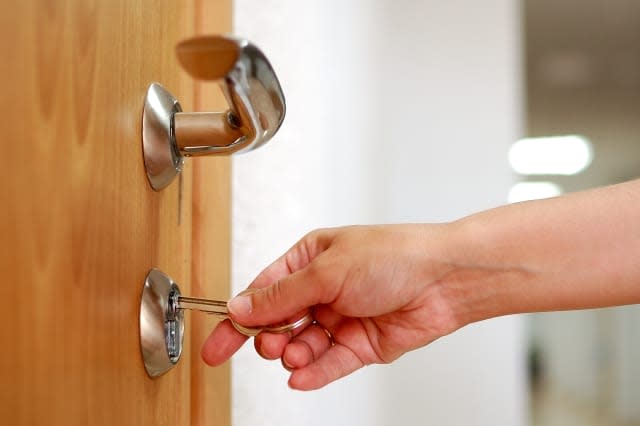Essentials to Know Before You Sublet Your Dwelling

By Niccole Schreck
Summertime means you might be away from your apartment more than you're living in it. Whether you're a student headed home at the end of the semester or lucky enough to have a summer booked full of vacations, finding someone to sublet your pad while you're away is a great way to bank some extra cash. Here are a few tips for navigating the subletting process.
Determine if you have permission. Before handing over your keys to a temporary tenant, you'll need to refer to your lease or check with your landlord to ensure you have permission to sublet your space while you're away. If not explicitly specified in the lease, send a certified letter with a return-receipt requested, seeking permission from your landlord to sublet your apartment at least 30 days before your departure.
In the letter, you'll need to include the time frame you are planning to sublease your apartment as well as the proposed subtenant and his or her credentials, reason for subletting, proposed written%VIRTUAL-pullquote-As the lease signer, you will inevitably be responsible for the full rent, regardless of what the subtenant pays.% sublease and any additional conditions of the agreement. If you have roommates, make sure to include their written consent to bring on a subtenant in your certified letter.
Keep in mind your landlord does have the right to deny your request if your subtenant is not a good candidate or you do not demonstrate any intention to return.
Find a potential subtenant. Asking friends and family is an easy way to scout a potential sublet for your apartment. Use your social channels to get the word out, and seek the help of your roommates if you have any. You can also ask to use your landlord's marketing network.
Put your best foot forward, and make sure your place is clean. Take attractive pictures, and provide a realistic description of the space you're offering when marketing to potential subtenants.
Vet your potential subtenant. Once you've found a candidate, you'll need to make sure the person is reliable. Ask your landlord the types of things he or she looks for in a prospective renter to get an idea of the questions to ask. Find out what your potential subtenant is looking for in a sublet in order to make sure your place is compatible with his or her needs. If you're going to be gone for a prolonged period of time, the last thing you'll want to do is try to source a new sublet while you're mid-vacation.
It's a good idea to have the person fill out an application form as a sub-lease addendum. Ask your subtenant for a credit report and references from previous landlords. It's also a good idea to pay for a background check -- even if this is a friend, your landlord will want proof that your subtenant is reliable.
Determine how much to charge. Price your apartment competitively. You can ask for the full rent, but you might not get it. In order to make sure you don't end up with nothing, take a look at what competitors in your area are offering and price your sublease accordingly. You cannot request more than what you are subjected to pay monthly for your rent, except in some cases when you are providing a furnished apartment (check local laws to see what is allowed in your state).
You can always offer to pay the utilities or first month of rent to sweeten the deal. But if you are not planning to pick up the utility costs, make sure to write a separate agreement outlining what the subtenant will be responsible for paying.
As the lease signer, you will inevitably be responsible for the full rent, regardless of what the subtenant pays. If the subtenant breaks the contract, you will be responsible for anteing up the remaining rent to your landlord, so be sure to have some money stowed away just in case. To prevent this scenario, you can request the full payment for the term of the sublease upfront.
Consider a security deposit. Ultimately, as the lease signer you will be responsible for any damages to the apartment, so make sure to take necessary precautions when bringing on a subtenant. This means taking photos of the apartment and doing a walk-through before your subtenant moves in. It is important to return while the subtenant is still at your place to do a final walk-through before parting ways.
You can also ask for a security deposit from your subtenant just in case any damage incurs while you're away. Make sure to stipulate clearly what constitutes damage as it is stated in your lease and add in any language regarding damage to your possessions (furniture, appliances, dishes, etc.).
Lastly, be smart about your belongings. If there is something you deem extremely valuable, take it with you or lock it in a safe while you're away.
